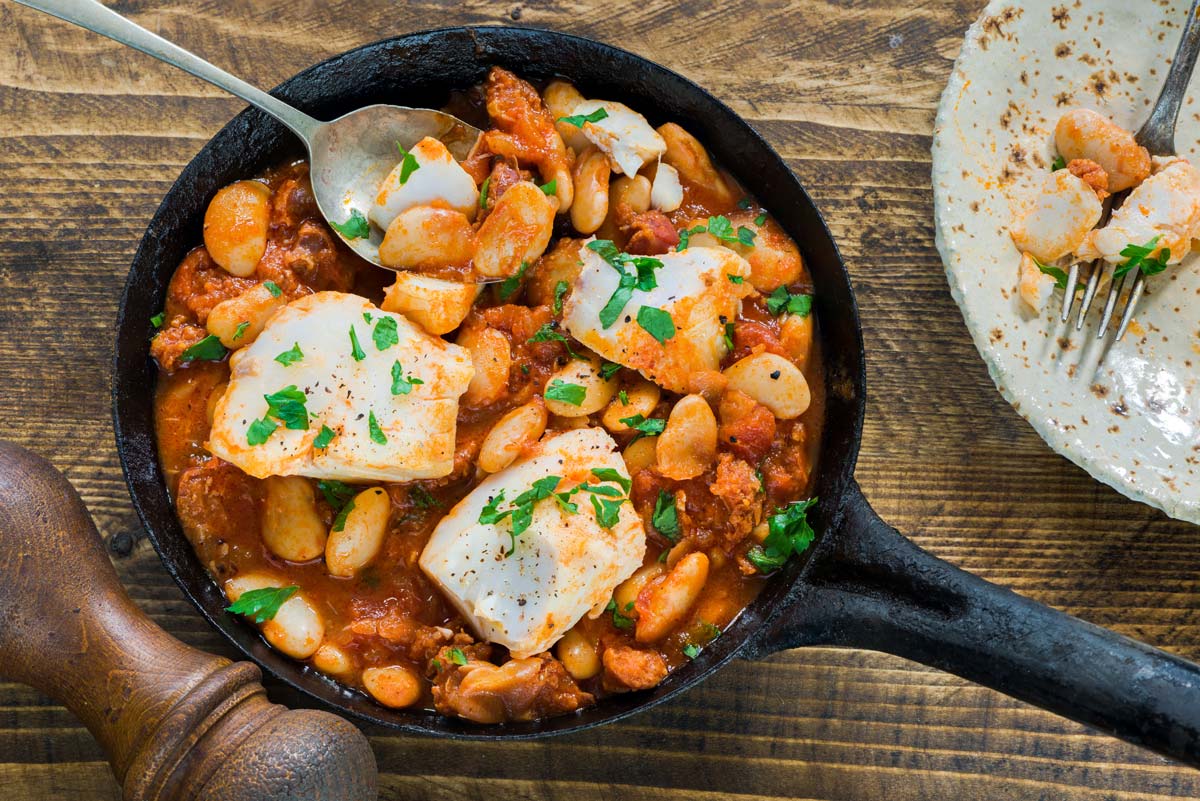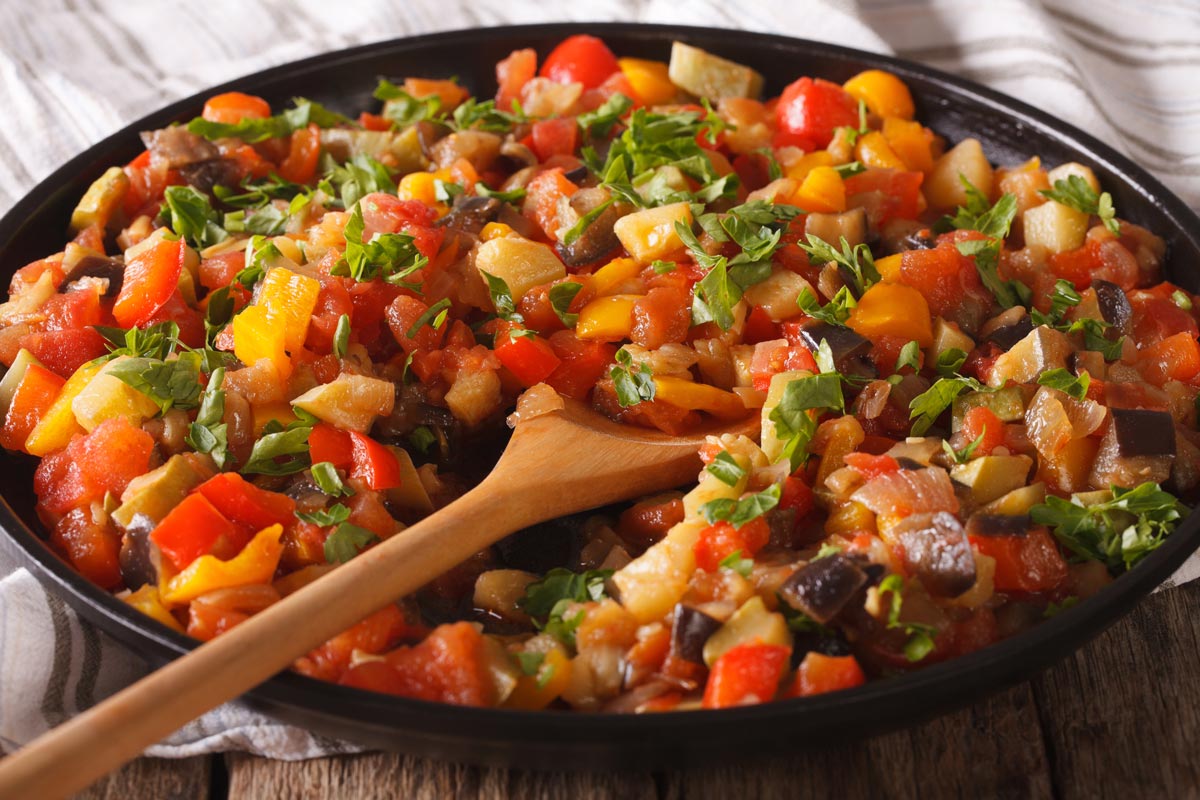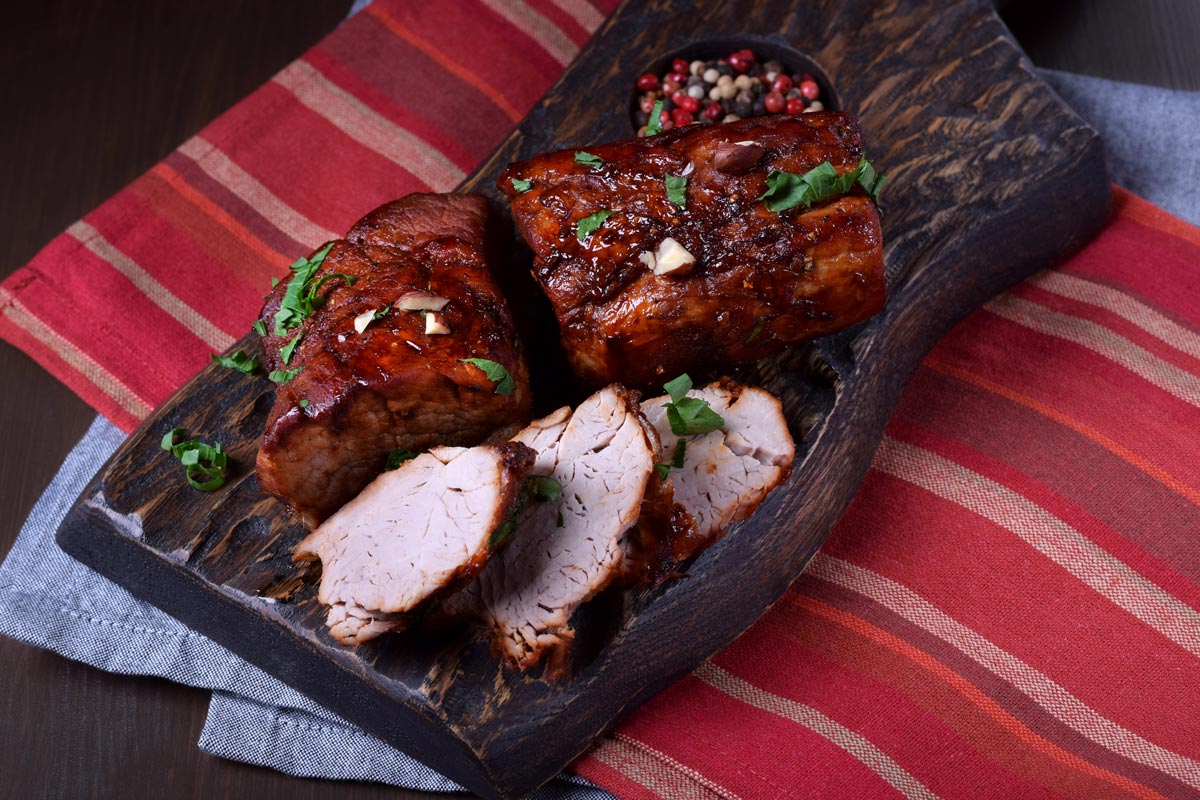A splash of sherry or red wine vinegar cuts the richness of the chorizo and brightens the flavors. Find cured Spanish chorizo online or in the international aisle of your supermarket. (Do not confuse cured, salami-like Spanish chorizo with raw Mexican chorizo, which must be cooked before using.)
Ingredients
- 2 slices country-style bread, crusts removed
- 4 tablespoons extra virgin olive oil, divided
- Coarse salt (kosher or sea) and freshly ground black pepper
- 1 tablespoon chopped flat-leaf parsley
- 1 tablespoon chopped oregano
- 1 small shallot, peeled and thinly sliced
- 2 ounces smoked Spanish chorizo, halved and thinly sliced
- 2 tablespoons sherry vinegar or red wine vinegar
- 4 skinless cod or halibut fillets, each about 6 ounces
Directions
Step 1
Heat the oven to 425°F. Pulse the bread in a food processor until coarse crumbs form. Heat a large ovenproof skillet over medium-high heat. Add the olive oil and breadcrumbs. Cook, stirring often, until the bread crumbs are golden and crisp, about 3 minutes; season with salt and pepper. Transfer the mixture to a bowl, add the parsley and oregano, and toss to combine. Wipe out the skillet.
Step 2
Heat the same skillet over medium-high heat. Add a tablespoon of olive oil as well as the shallot and chorizo, and cook, stirring often, until the chorizo is just crisp, about 2 minutes. Transfer the mixture to a bowl and stir in the vinegar; season with salt and pepper. Wipe out the skillet.
Step 3
Heat the same skillet over medium-high heat. Add a tablespoon of olive oil. Season the cod with salt and pepper and cook until the bottom side begins to turn opaque, about 3 minutes. Transfer the skillet to the oven and roast until the fish is cooked through, about 5 minutes longer. Serve the cod topped with the chorizo mixture and toasted breadcrumbs.
Serves 4 — Recipe adapted from bonappetit.com




